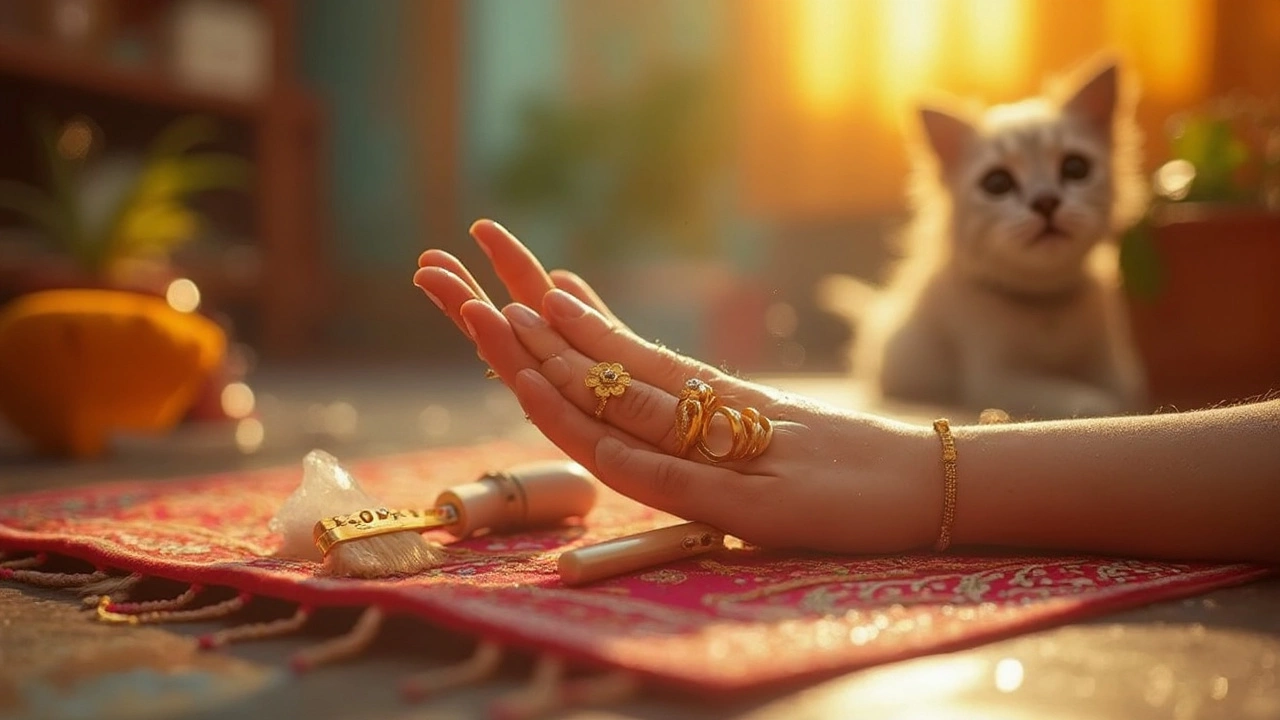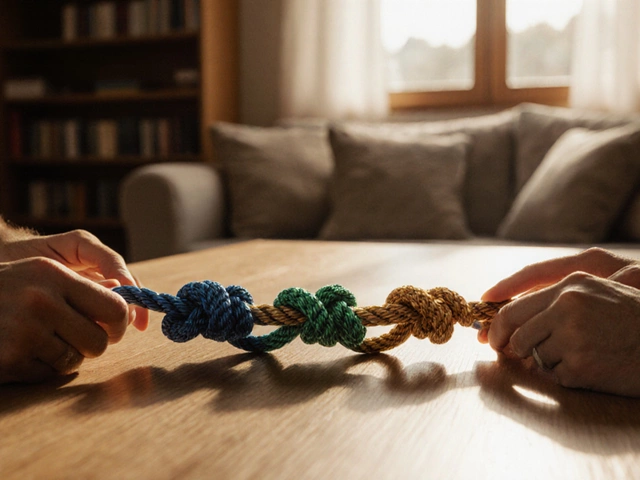Yellowing White Gold: Why It Happens and How to Fix It
Got a favorite white gold ring that’s started looking a bit yellow? You’re not alone. Many people notice a dulling or yellowing tone after a few months of wear. The good news? It’s usually easy to bring back that cool, bright look without spending a fortune.
Common Causes of Yellowing
White gold isn’t pure gold. It’s an alloy of yellow gold mixed with metals like nickel, palladium, or zinc. Those extra metals give the piece its strength and color. Over time, the rhodium plating that makes white gold look “white” can wear off, revealing the natural yellow tint underneath.
Everyday wear also plays a part. Sweat, lotions, perfume, and even the air around you can cause the plating to thin faster. Hard water, chlorine in pools, and exposure to household cleaners can speed up the process, too. If you’ve been wearing the piece daily without removing it for cleaning, those tiny particles build up and make the metal look dull.
Another hidden factor is the quality of the alloy. Lower‑karat white gold (like 14K) usually contains more yellow gold than higher‑karat pieces (like 18K). The more yellow gold in the mix, the more noticeable the color shift when the rhodium layer fades.
Quick Fixes and Long‑Term Care
First thing you can do is give the piece a good clean. A gentle jewelry cleaner or a mix of warm water and a few drops of mild dish soap works well. Soak the jewelry for a few minutes, then use a soft toothbrush to scrub away any grime. Rinse thoroughly and pat dry with a lint‑free cloth.
If cleaning alone doesn’t restore the sparkle, consider a rhodium replating. Most jewelers offer this service for a reasonable price, and it coats the surface with a fresh layer of rhodium, making the gold look bright again. Ask the jeweler about the duration of the plating – it can last anywhere from six months to a few years, depending on how often you wear the piece.
To slow down future yellowing, store your white gold accessories separately in a soft pouch or a jewelry box with anti‑tarnish strips. Avoid leaving them in humid bathrooms or near chemicals. When you’re not wearing a piece, a tiny dab of clear nail polish on the setting can act as a barrier against sweat and oils.
Regular maintenance is key. Set a reminder to get your white gold replated every 6‑12 months if you wear it daily. This routine keeps the rhodium layer thick and the color consistent.
Finally, choose pieces with higher gold purity if you’re prone to yellowing. An 18K white gold ring will retain its color longer than a 14K one because it has a higher proportion of the noble metal and usually a thicker rhodium coat.
Bottom line: yellowing white gold is usually just a thin layer of rhodium wearing off. A quick clean, periodic replating, and smart storage can keep your jewelry looking fresh for years. So next time you spot a hint of yellow, you now know exactly what to do – and you won’t have to ditch your favorite piece.
How to Clean White Gold That Has Turned Yellow
White gold can lose its bright color and turn yellow over time, leaving jewelry looking dull. This article breaks down why this happens and gives clear, practical steps to fix it at home or with a jeweler. Learn what causes yellowing, best cleaning techniques, and how to keep your white gold shining longer. You'll find helpful tips that even a busy parent or pet owner can manage. Stay ahead of grime and keep your jewelry looking its best.





